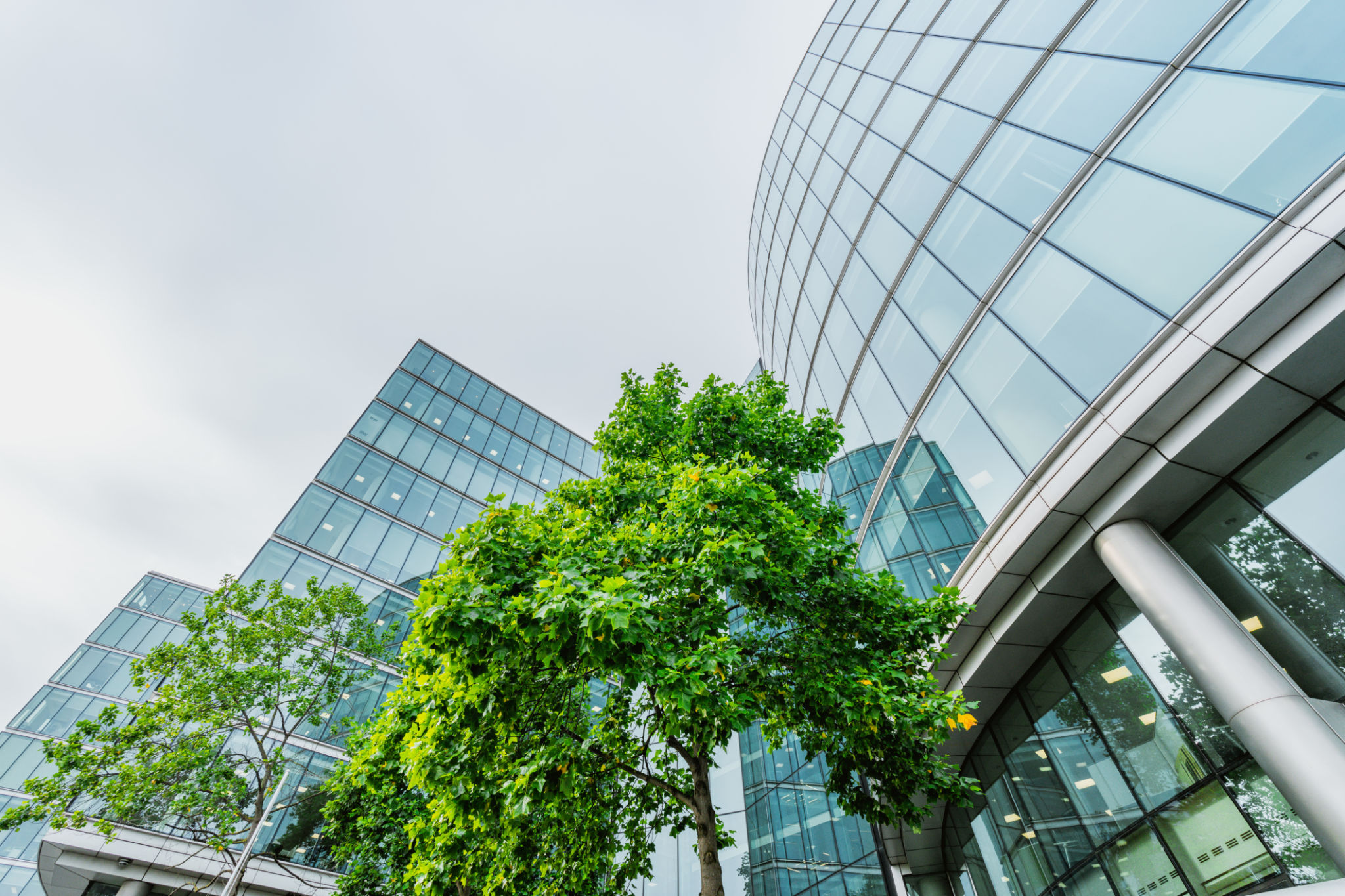Eco-Friendly Building Practices in Florida: What You Need to Know
Es
Understanding Eco-Friendly Building Practices
As environmental concerns continue to grow, more people in Florida are turning their attention to eco-friendly building practices. These practices not only help in reducing the carbon footprint but also ensure sustainable development. But what exactly does eco-friendly building entail? In simple terms, it involves using materials and methods that are environmentally responsible and resource-efficient throughout a building's life cycle.
The essence of eco-friendly building lies in minimizing waste, conserving natural resources, and maximizing energy efficiency. This approach has become particularly relevant in Florida, a state prone to extreme weather conditions and rising sea levels. By adopting sustainable practices, builders can help protect the environment while providing safer and healthier living spaces.

Key Materials for Sustainable Construction
One of the core aspects of eco-friendly building practices is the selection of materials. Builders are now favoring materials that have minimal environmental impact. Some popular choices include:
- Bamboo: Known for its rapid growth rate and renewability.
- Recycled Steel: Significantly reduces the need for mining raw materials.
- Reclaimed Wood: Offers a rustic aesthetic while conserving forests.
Using these materials not only supports sustainability but also contributes to the durability and longevity of the structures built. It's essential to consider locally sourced materials as well, which helps reduce transportation emissions and supports the local economy.

Energy Efficiency in Building Design
Energy efficiency is a crucial component of eco-friendly building practices. In Florida’s hot climate, managing energy consumption is particularly important. Builders can incorporate several strategies to enhance energy efficiency:
- Insulation: Proper insulation reduces the need for air conditioning, thus saving energy.
- Solar Panels: Harnessing solar energy is a popular choice in sunny Florida.
- LED Lighting: These lights consume less power and last longer than traditional options.
By integrating these energy-saving measures, buildings can significantly reduce their carbon footprint while lowering utility costs for occupants.

The Role of Water Conservation
Water conservation is another critical aspect of sustainable building in Florida. With increasing demand and periodic droughts, efficient water usage is vital. Builders can implement practices such as:
- Low-flow plumbing fixtures
- Rainwater harvesting systems
- Drought-resistant landscaping
These methods not only conserve water but also contribute to lower utility bills and reduced strain on local water resources.
The Benefits of Green Certification
Green certification programs, such as LEED (Leadership in Energy and Environmental Design), provide a framework for builders to create sustainable buildings. These certifications are awarded based on various factors, including energy efficiency, water conservation, and material usage.
Pursuing green certification not only enhances a building's marketability but also ensures adherence to high environmental standards. Moreover, certified buildings often benefit from tax incentives and rebates.

Challenges and Opportunities in Florida
While the adoption of eco-friendly building practices offers numerous benefits, it also presents challenges. The initial cost of sustainable materials and technologies can be higher than traditional options. However, the long-term savings in energy and maintenance often outweigh these upfront expenses.
Opportunities abound for builders willing to innovate and adapt. As consumer awareness grows, demand for sustainable buildings is set to rise, creating a competitive advantage for those ahead of the curve.
By embracing eco-friendly building practices, Florida can lead the way in sustainable development, ensuring a healthier environment for future generations.
